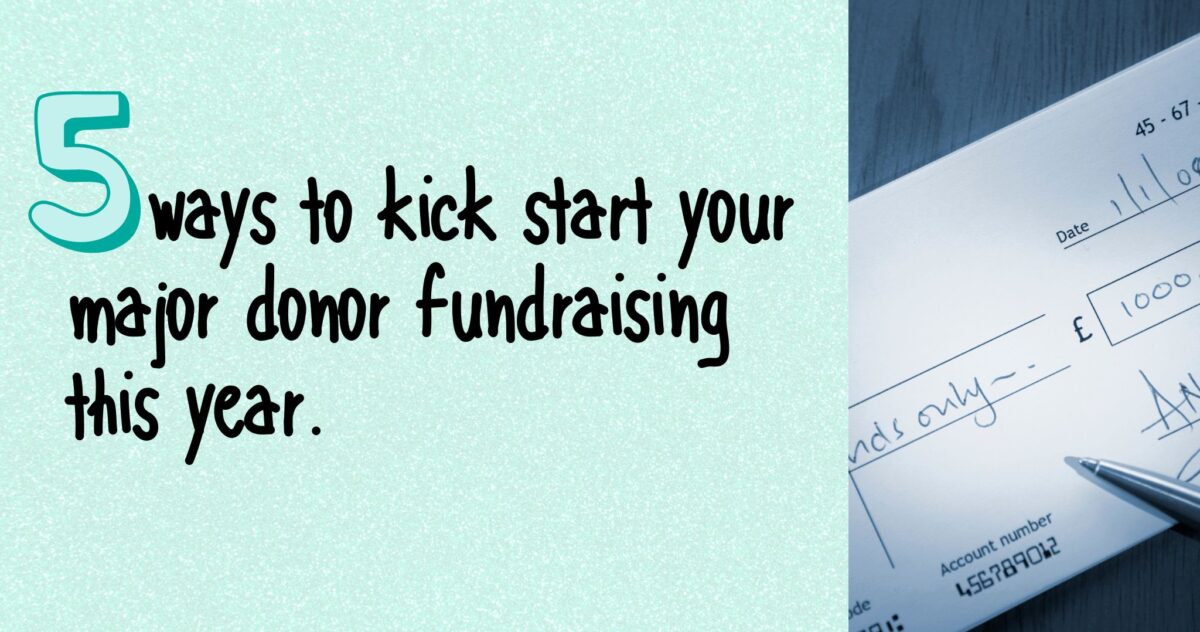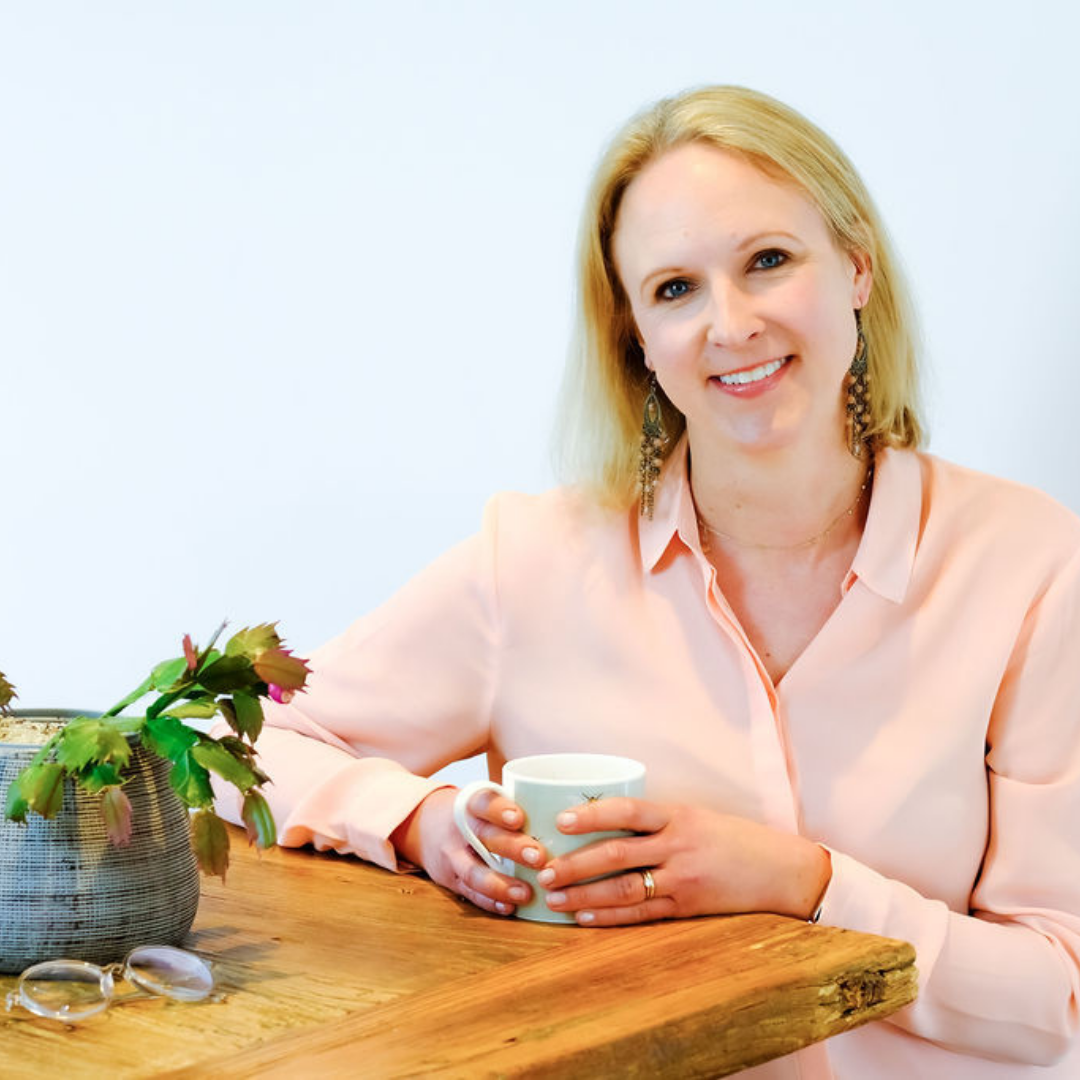5 ways to kick start your major donor fundraising this year.

Want to improve and develop your major donor fundraising this year? Bad news – I don’t have a magic wand or a quick fix for you to instantly raise more large gifts. So what’s the good news?
There ARE things you can focus on that will put you in the best position to raise more large gifts, and have the confidence to enjoy it.
Read on for my 5 top tips from having worked with over 200 charities and many more fundraisers and leaders. Some of these you might be doing but there may be one or two things you can take away…….
1. Set a realistic target
Ever had a fundraising target that was completely unrealistic. Did someone add 20% or even 50% growth on to last year’s figure? Major donor fundraising seems to suffer from a lack of reality more than other income streams when it comes to budgeting.
A gap in budget for the year? Let’s add it to the major donor line! 🤦🏼♀️ It’s a horrible feeling chasing an unrealistic target.
“I’ve worked in and with plenty of teams who are demoralised and low in confidence all because their target was set far too high and they were never going to reach it.”
Read more here about using a bottom up pipeline model to reach a target that’s ambitious but also realistic. And about how I had to have some seriously honest conversations, when I inherited a team target thirteen times the previous year’s income!! 😱
2. Plan the resource to develop your major donor programme
One of the biggest reasons for charities struggling to develop their major donor fundraising is a lack of consistent investment. Major donor fundraising is added onto someone’s already stretched role or a manager of 5 people also has a substantial caseload of donors to develop relationships with. (that they don’t have the time for).
Building strong relationships is at the heart of successful major donor fundraising. This takes time and thought.
“If you don’t have the resource to consider, to coordinate and to consistently focus on it, major donor fundraising will continue to be an uphill battle.”
Make a case for investment this year – this blog has a number of facts and stats that you might want to incorporate.
3. A priority list of (potential) major donors
Do you have a list of existing and potential major donors, prioritised, in one place? If no, you’re not alone. I’ve worked with some large charities with established major donor programmes. But they aren’t on top of the potential of their existing supporters and networks yet and don’t have a clear list of major donors, linked to their database.

Louise Morris is the Founder of Summit Fundraising. She is a major donor fundraising specialist and has worked with over 200 charities helping them raise large gifts.
Bin off the rich lists (Find out why I feel pretty strongly about this!) and make this year the year you focus on those closest to your cause. Wealth research (within GDPR) can be a great place to start. I promise that, however small or large your organisation, there will be some potential major donors close to home. And this is the best place to spend your precious time.
4. A Board who “gets it”
“The Board don’t get major donor fundraising” or “The trustees won’t open their networks” is a common complaint from charities I work with. I’ve felt like this when I was a Director of Fundraising. It takes time to get to a place where trustees “get” major donor fundraising and feel confident and comfortable to introduce their contacts. And the good news is, you don’t need the whole Board to be doing this.
“Most charities I work with know the one, two or three trustees who would make the biggest difference to their major donor programme. Building relationships with them, as you would with major donors, can be transformational.”
Having trustees that not only “get” major donor fundraising but are helping you secure those conversations, can be transformational. If you want to make that step change with your Board this year take a look at the difference Summit trustee sessions have made to other charities.
5. Small, positive habits for this year
You might set ambitious goals for yourself and your major donor fundraising when there’s a new year: Calling 30 donors a week; getting 20 people signed up to the new giving club; not working after 5.30pm.
Yet these are incredibly hard to stick to. Fundraisers I’ve coached talk about never having done “enough”. So how about scaling it back to some positive achievable targets. One fundraiser I’ve worked with set themselves 5 donor touchpoints in a week. That might not sound very impressive. But who cares, because it worked!
“It started a positive habit of consistently prioritising those donor calls and meetings that are so, so vital to success in major donor fundraising.”
And there’s an increasing amount of science on how effective setting these “micro-habits” are.
Need some support to secure those conversations, meetings and gifts? Get in touch.
